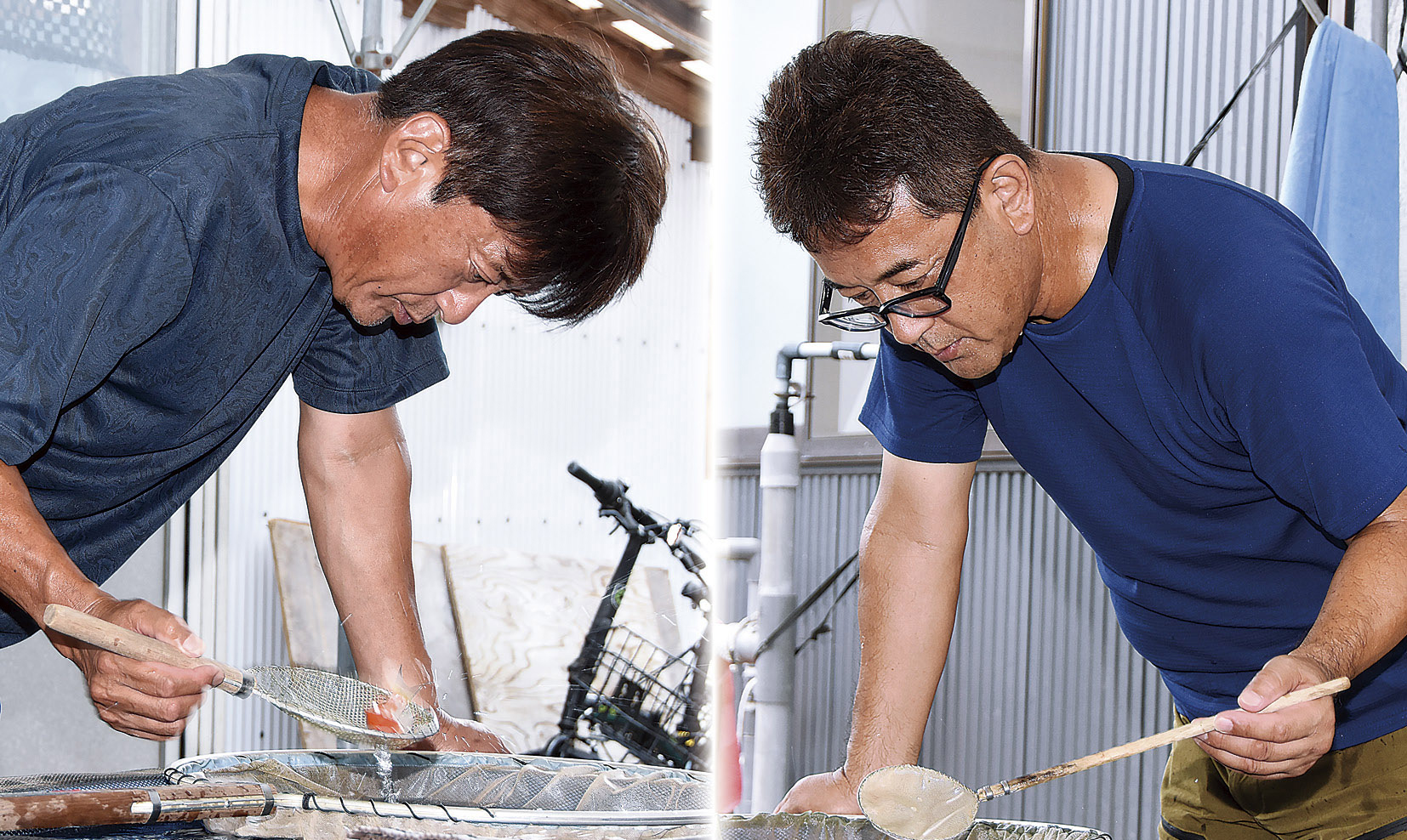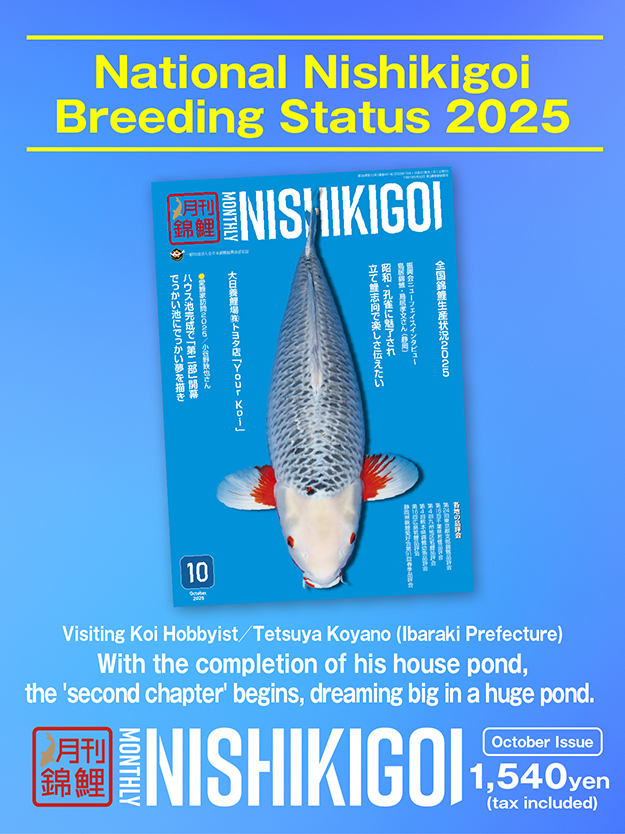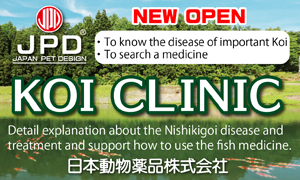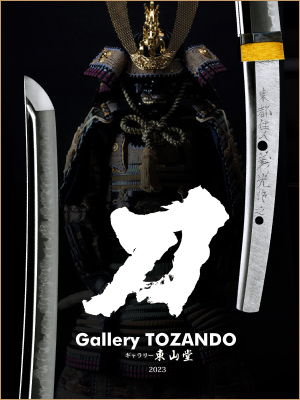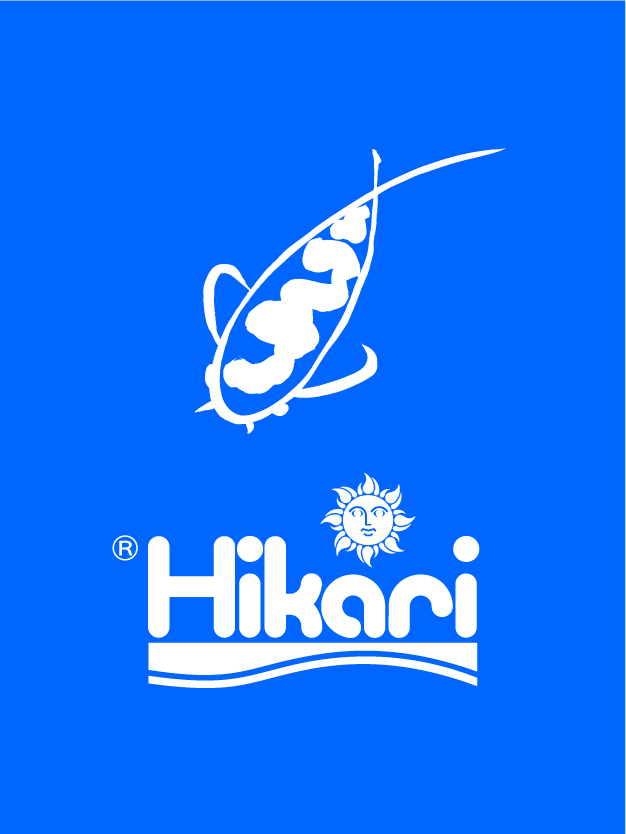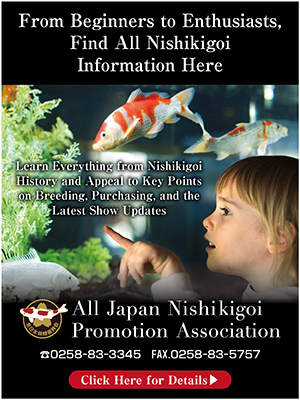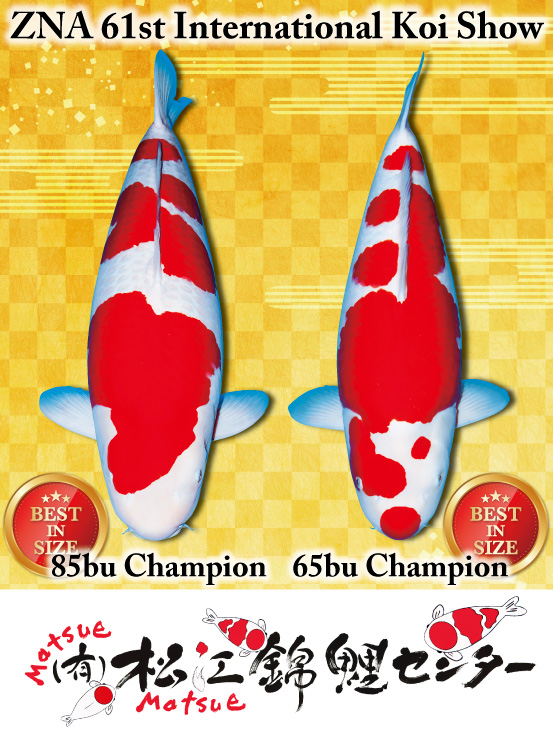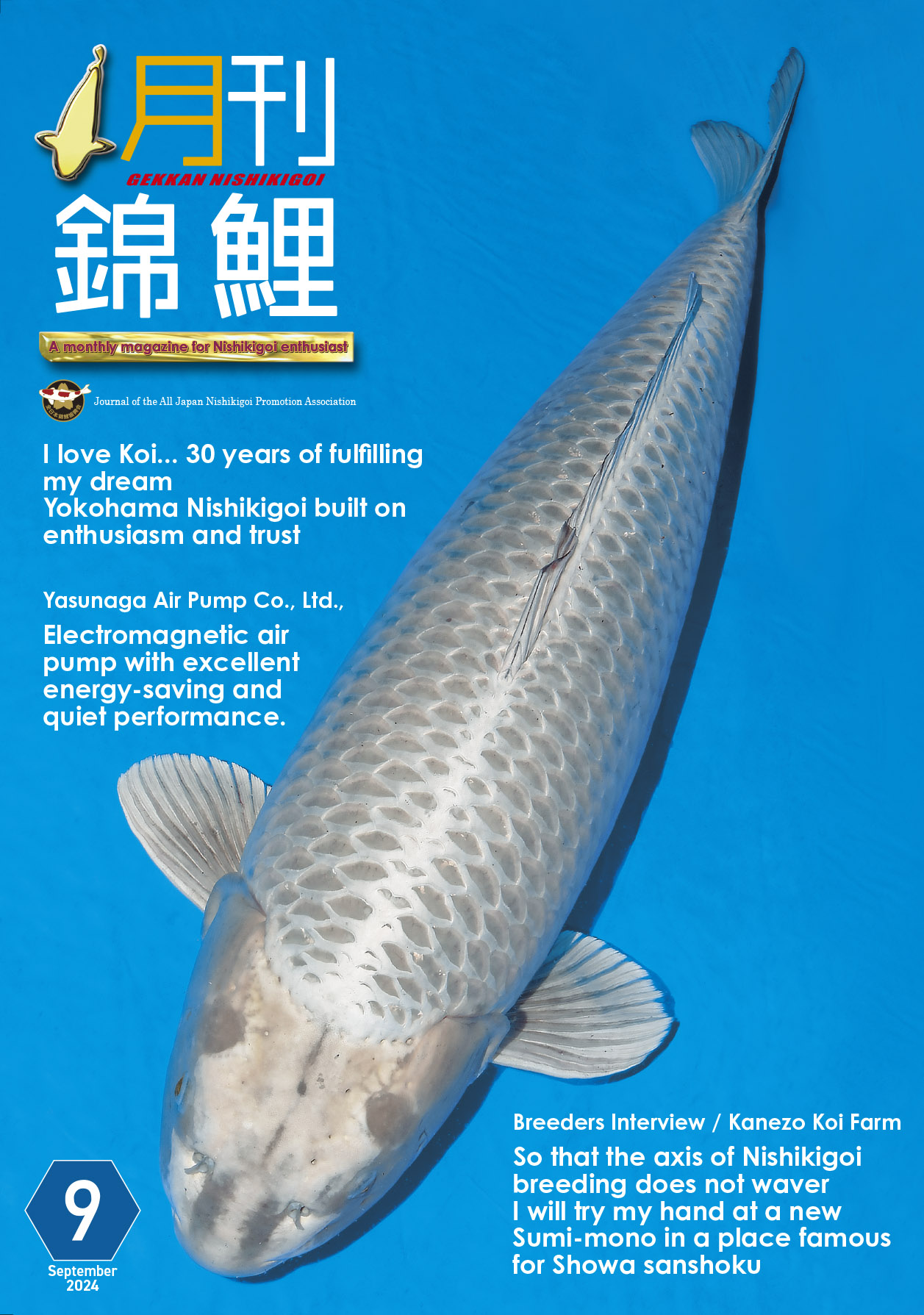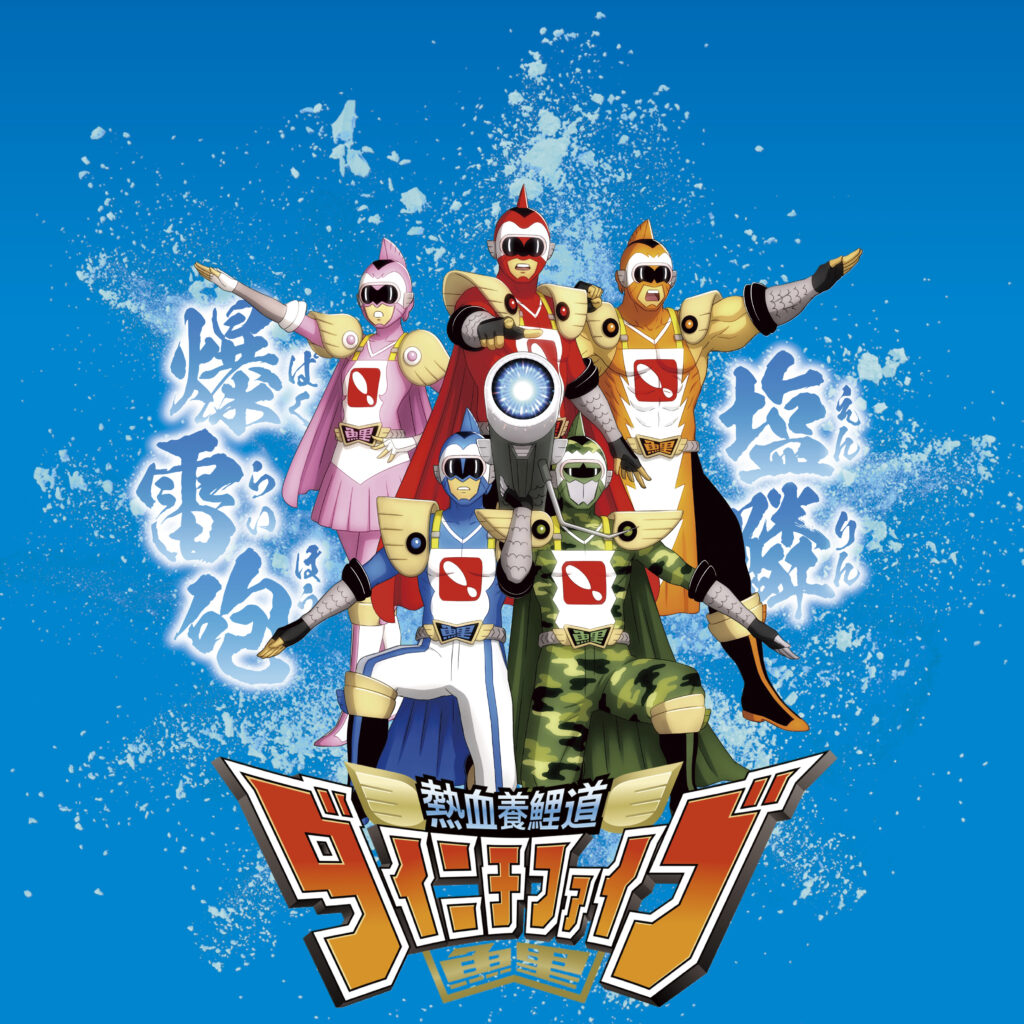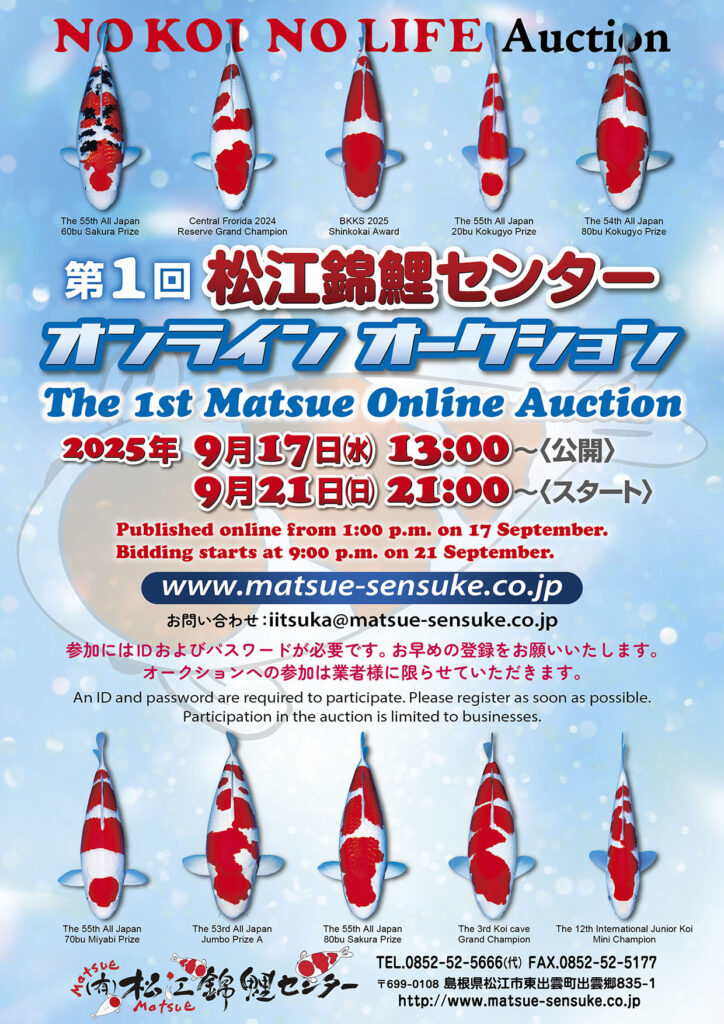― Isn’t it because the current situation is so promising that you feel even more motivated to be proactive and set higher goals?
Hiroaki:If we want to make a bold change, now might be a good time. Setsuren is the most typical example.
ー But if you change everything completely, won’t the previous data become invalid?
Hiroaki:Yes, that’s true. However, we have a clear record of the lineage of each fish. So, we will mate our own male fish with them, or mate them with new female fish from Dainichi. Then, we will select the superior individuals among these offspring as the next generation of parent koi. Finding parent koi. That can produce high-quality offspring is the most important thing.
ー Were the breeding results immediately good after changing the parent koi?
Hiroaki:The growth was very good, but the red color and body shape still needed improvement. So, we’ve been working hard to improve these aspects. The Dainichi’s Kohaku variety is truly beautiful. That’s the kind of red I want to see in our Kohaku, which is why I sought out Dainichi.
ー Aren’t you a bit dissatisfied with the traditional Matsue’s Kohaku?
Hiroaki:Absolutely. Whether it’s the body shape or the feel of the red color, it can’t escape a certain “rustic” feel.
ー It’s really difficult to accurately express that “rustic” feeling.
Hiroaki:It’s still a long way from the standard of a “city fish”. Although each belly can produce several fry, the quantity is really too small.
ー The size and quality of Kohaku have been continuously improving, and now they have reached a peak that is difficult to surpass.
Hiroaki:Thanks to the efforts of Sakai, Dainichi, Momotaro, and others, the quality of our Kohaku has steadily improved to a significant level. We’ve been pondering where to acquire new parent koi and which specific koi to crossbreed f or the next generation. After much deliberation, we’ve come to the conclusion that we can only achieve our goals by breeding our own stock.
ー So you decided to develop your own breeding stock?
Hiroaki:If we hadn’t, we would have eventually been unable to even pair up our parent koi. Starting this year, the number of our own parent koi has increased significantly, and we’ve found several combinations with completely unrelated bloodlines, so we’re trying to cleverly pair these combinations to establish a good foundation.
ー It takes a considerable amount of time to establish a foundation outside of blood relations, doesn’t it?
Hiroaki:It does require a lot of time and effort. But fortunately, we have heirs, so our family won’t end with our generation. Considering the future situation, if we don’t prepare now, they will be troubled. So building this foundation is also for their sake.
ー So, even if you can’t finish it now, as long as you can lay the groundwork for the future, that’s enough, right? Since you have successors.
Hiroaki:I don’t think there’s such a thing as “completion” in koi breeding. We produce koi every year, but at the end of each season, we always find some issues. So, the next year, we’ll think. Last year it was like this, so let’s try a different approach this year, and start over with new ideas. It’s already considered pretty good if a brood koi can produce high-quality offspring for three consecutive years. After that, both the quantity and quality tend to decline year by year. Based on our past experience, the koi bred from their first spawning are often the best. Whenever we come across a high-quality koi, it’s usually from their first spawning.
ー Is it difficult to surpass the quality of the offspring produced in the first year for the second and third years?
Hiroaki:Yes, that’s generally the case. Reproductive ability tends to decline slightly, and if it’s three consecutive years, the situation can worsen. So, if the female fish is still healthy, we might consider changing the male fish. The Kohaku that won the All Japan Jumbo Prize A(picture ①) was also from the first brood.
Jumbo Prize A is the highest masterpiece in Matsue’s history
The 80bu Kokugyo prize is also expected to be a great success in the future
ー Jumbo Prize A is a variety nominated in the 53rd competition. What is the bloodline of this koi?
Hiroaki:That koi originates from a very old bloodline. Its mother is a direct descendant of the Suzuran bloodline. We crossed it with a male fish from Murata Koi Center. Therefore, the genes of this koi have not been significantly altered, and it is closer to the original parent koi.
ー So it’s from the previous generation’s bloodline.
Hiroaki:I previously bred koi varieties like suzuran and iroha, but the quality of Iroha was declining. To improve the quality of the koi, I decided to change the parent koi. This koi that won the All Japan 80bu Kokugyo prize this year (pictrue②) is four years old and was bred after I changed the parent koi.
ー Do you think there’s a big difference compared to the previous generation?
Hiroaki:Looking at it now, there’s a huge difference in both physique and texture.

ー Whose offspring is the koi that won the Kokugyo prize?
Hiroaki:That fish is called “MR-1,” and its eggs were only collected twice, I believe. MR-1’s parents were koi born to “Shijimi,” a child of “Haruka.” Although the quantity is limited, most of the koi that won the Kokugyo Prize are of that type. From the age of one, I felt that it would definitely grow up to be very beautiful. At the age of two, although its color was still very light, we did not provide any special care, but it became more and more beautiful through its own efforts. When it was two years old, the president (Mr. Takahiro) took it to Mr. Narita’s R’s Collection. Mr. Narita probably didn’t expect an 80bu koi to turn out that way. It became exceptionally good from the middle stage onwards.
ー In recent years, your representative works could be said to be the Jumbo Prize A and the 80bu Kokugyo prize, right?
Hiroaki:Especially the Jumbo Prize A, it takes ten or fifteen years to cultivate a koi like that. This koi is extremely promising, and I believe it is one of the most outstanding works in Matsue’s history.
ー Your koi has won numerous national awards, but this particular koi has received the most acclaim.
Hiroaki:Among all the koi we’ve bred, it’s absolutely the best. There has never been a koi that has captivated people like this one. When Koido held an event here, it was snapped up as a star product.
ー How old was it?
Hiroaki: Two years old. At the time, even though it was a very expensive two-year-old koi for us, it gave us great hope. We thought it would fetch a good price. A lot happened during that time. Right before the judging, it developed a white film on its body and couldn’t eat food. We had to take it to the judging while soaking it in disinfectant. As a result, it was too thin and in very poor condition that time. After raising it for another year, it won the Jumbo Prize A. It was a truly remarkable koi.
ー Did your company raise it the entire time?
Hiroaki: It lived in the spring on our land until the very end. We’d been raising it there since it was two.
ー Does this koi that won the Kokugyo prize have any sibling koi that are also used as parent koi?
Hiroaki: Not at the moment, but it may be used as a male parent in the future. Considering the type of the female individual, I anticipate that spawning will be relatively difficult.
ー What aspects do you base that judgment on?
Hiroaki: Based on my experience, I feel koi that with such well-developed muscles probably won’t lay many eggs. It would be better if their bellies were a bit softer. Conversely, it’s precisely because they don’t have many eggs that they can maintain such robust physique.
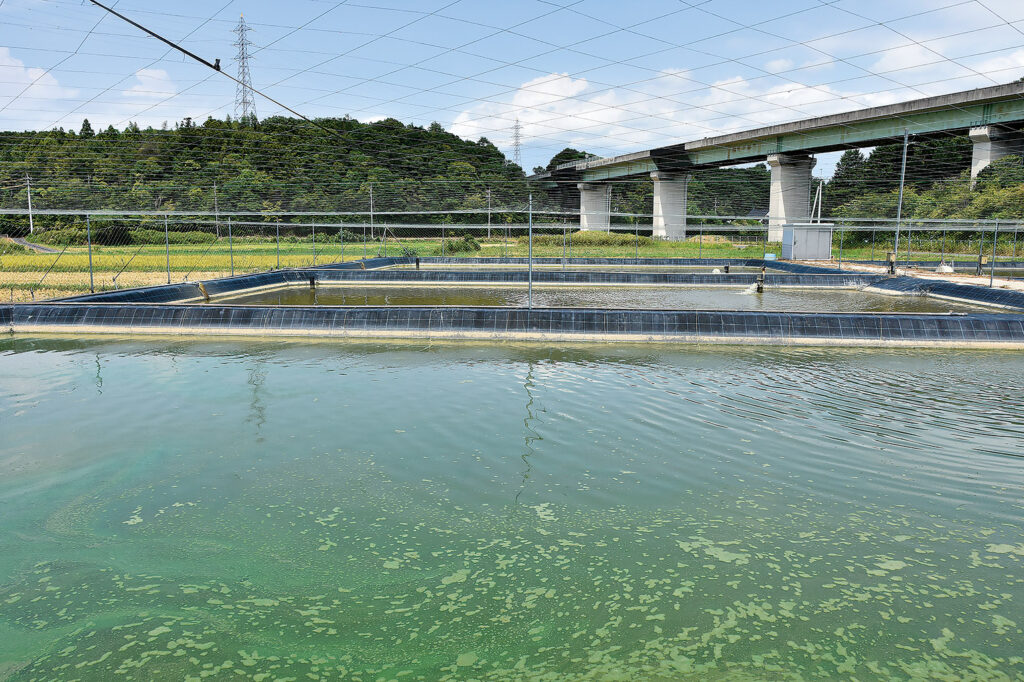
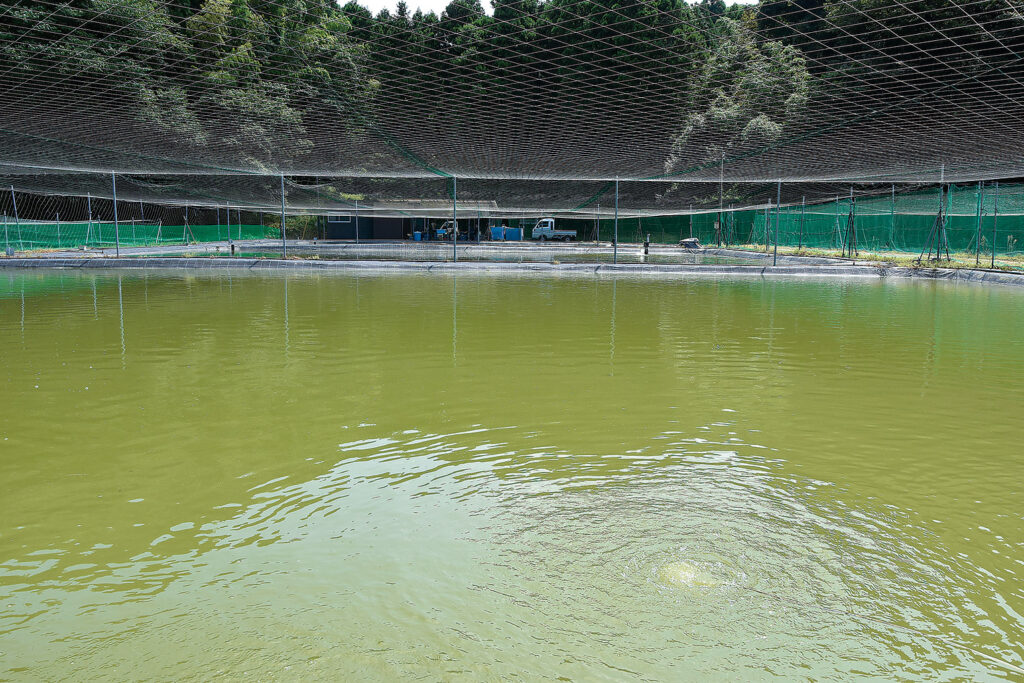
There are two fry ponds within a 5-minute radius of the Koi farm.

